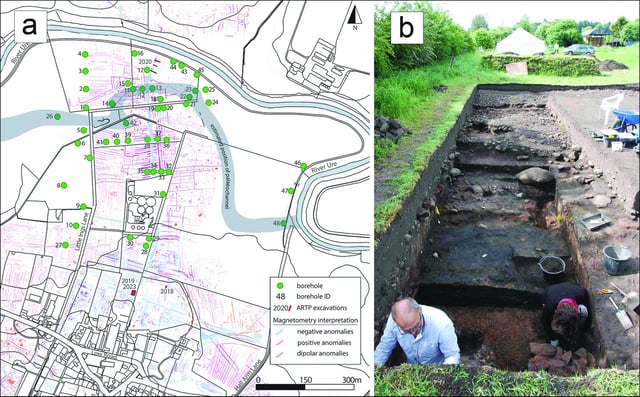Overview
- The peer-reviewed study in Antiquity analyzed a five-metre core from Aldborough, a Roman-era metalworking hub in Yorkshire, using pollutants as a proxy for production.
- The record indicates metalworking continued well past AD 400 before a pronounced crash around AD 550–600.
- The researchers suggest the downturn may relate to the Justinianic plague documented in Europe, though the cause remains unproven.
- Subsequent fluctuations include a slump after Henry VIII’s Dissolution of the Monasteries and a late 16th-century revival linked to Elizabeth I’s wars.
- The continuous chronology challenges a simple 'Dark Ages' collapse narrative and shows iron smelting predominated alongside lead and copper working.

